Have you ever imagined sipping wine that was aged beneath the waves? I recently discovered the fascinating tradition of underwater wine cellars in Ortona, Italy. These deep-sea cellars store wine bottles on the seabed, where the gentle rocking of ocean currents and consistent cool temperatures create unique aging conditions for the wine.
The practice of underwater wine storage has grown over the past two decades, with some cellars nestled between rocks and others hidden inside sunken shipwrecks.
During my visit to Ortona, I was amazed to learn how sea pressure, temperature, and the natural motion of water affect the wine’s development. The bottles emerge from their watery resting place with distinctive flavors you simply can’t recreate on land.
What makes Ortona’s underwater cellars truly special is how they blend ancient winemaking knowledge with innovative storage techniques. As I descended to view one of these submerged treasure troves about a mile offshore, I couldn’t help but feel I was witnessing something revolutionary in the wine world. The experience of tasting these sea-aged wines afterward was unlike any wine tasting I’d ever attended.
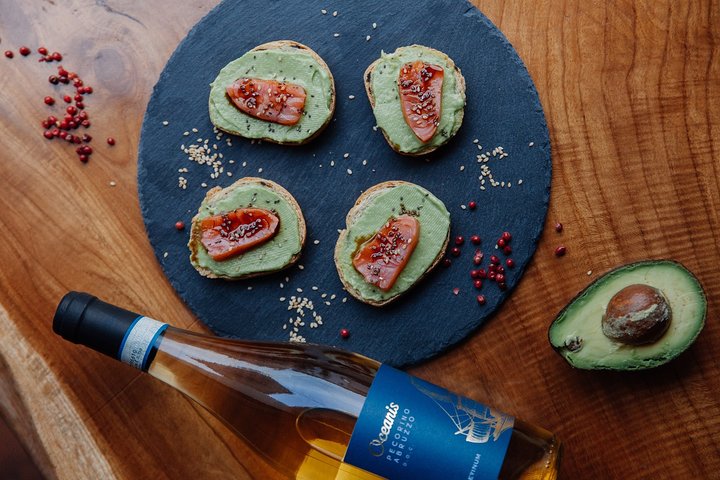
The History of Ortona and Its Sea Cellars
Ortona’s wine cellars beneath the sea tell a story that spans centuries, blending ancient traditions with maritime innovation. This coastal town has evolved from Roman settlement to strategic port, with its underwater wine aging practice emerging only in recent decades.
Ancient Roots and Roman Empire Influence
Ortona’s story begins in antiquity as a significant Roman settlement on Italy’s Adriatic coast. The Romans recognized the area’s strategic value and established it as a trading post, bringing their viticulture traditions along.
I found that many local winemaking methods still carry echoes of these ancient techniques. Roman engineers built the first storage cellars here, though they were conventional underground structures rather than beneath the sea.
The town’s name itself has Roman origins, and you can still spot remnants of Roman architecture blended into the historic center. What fascinates me most is how these ancient influences shaped Ortona’s identity as a wine region long before underwater aging became a thing.
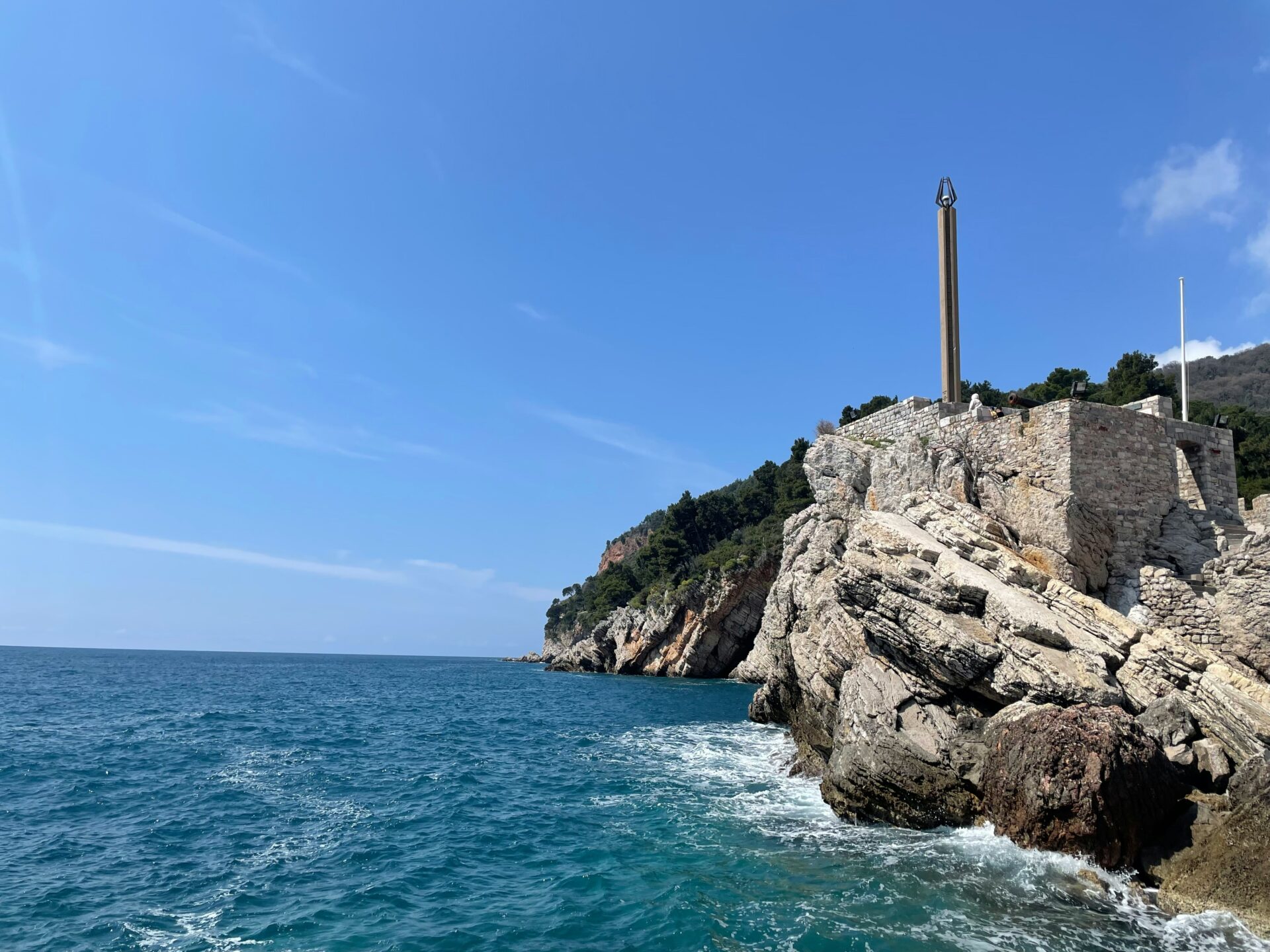
Ortona’s Strategic Position on the Adriatic Sea
Perched on Italy’s eastern coastline, Ortona’s natural harbor made it a prized location for trade and defense throughout history. The town’s prominence grew during medieval times as ships from across the Mediterranean docked here.
During World War II, Ortona became a critical battleground. The Germans chose to make a stand here to delay the Allied advance up the Italian peninsula, resulting in what some called “Little Stalingrad” due to the fierce fighting.
Today, I love exploring the restored port area where fishing boats and pleasure craft now replace military vessels. This strategic position that once attracted armies now draws visitors and supports the unique sea cellar wine industry that began developing in the late 1990s.
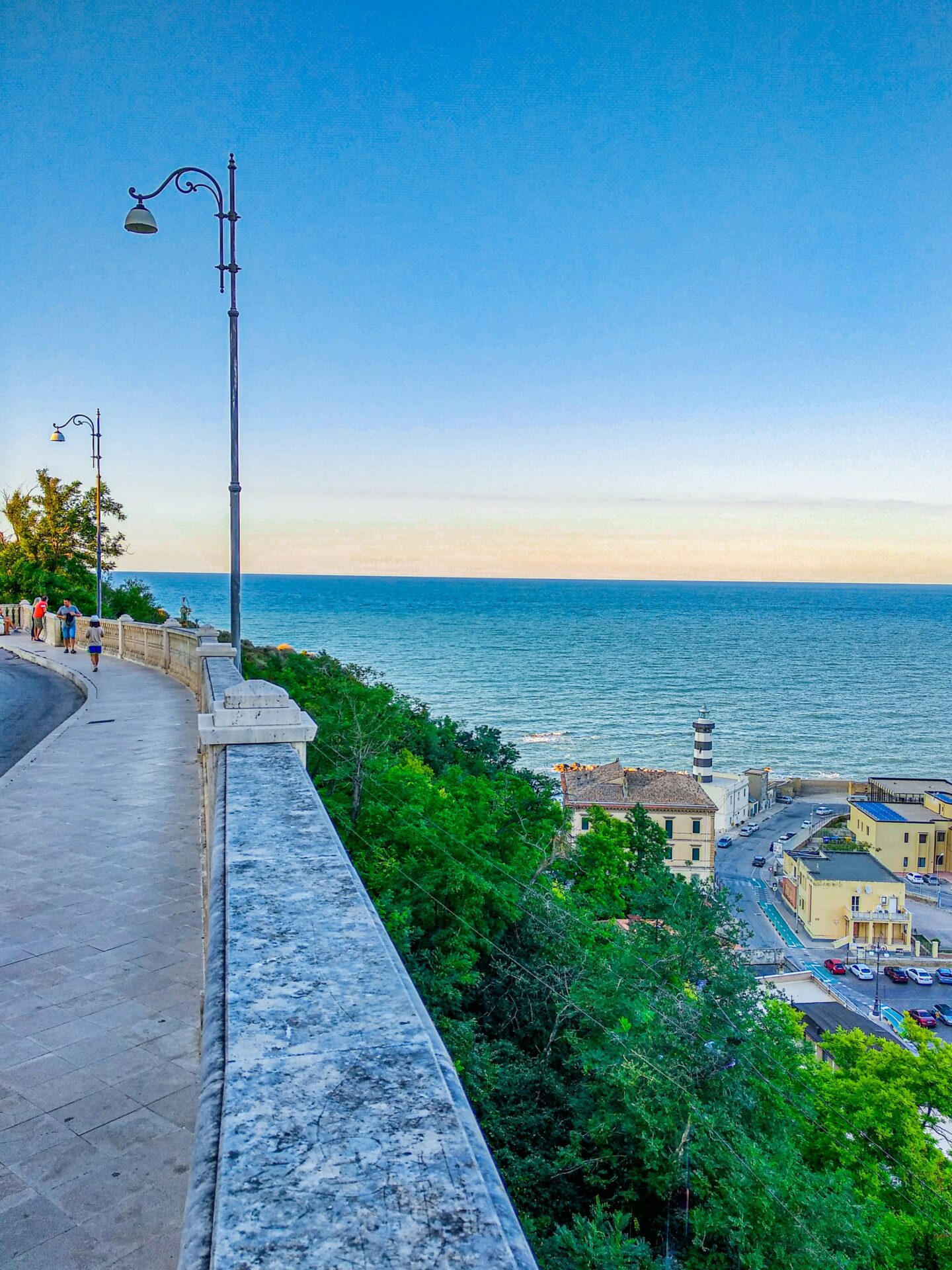
From Antiquity to Renaissance: A Narrative of Prosperity
Ortona flourished during the Renaissance as trade routes expanded. Wealthy merchant families built impressive palaces, some of which still stand in the historic center. The Corvo Palace now houses the Regional Wine Cellar of Abruzzo, showcasing local vintages.
Agricultural prosperity paralleled maritime trade, with vineyards spreading across the surrounding hillsides. I’ve tasted wines made from grapes grown in these same areas, now enhanced through underwater aging.
The town’s prosperity created a culture of innovation that eventually led to experimenting with underwater wine storage. This practice, while rooted in Ortona’s maritime traditions, actually began quite recently—in the late 1990s—when an Italian artist pioneered the concept of maturing wine bottles on the seabed.

Unveiling the Underwater World: The Practice of Submerged Wine Storage
The ocean depths are becoming the new frontier for wine aging, with cellars established on seabeds around the world. This fascinating practice combines traditional winemaking with marine innovation to create unique flavors.
The Creative Fusion of Winemaking and Marine Adventure
I discovered that underwater wine storage isn’t just a modern trend but has historical roots. When divers found a 200-year-old shipwreck in 2010 with remarkably preserved wine, it sparked a revolution in aging methods.
Today, winemakers create true deep-sea cellars embedded between rocks or hidden in sunken ships. Some, like Emanuel Pesqueira in Portugal, store wines from multiple producers on the seabed.
My adventures exploring these underwater cellars revealed how the constant gentle rocking of ocean currents affects the wine. It’s like Ovid’s ancient tales of transformation – the wine evolves differently underwater than in traditional cellars.
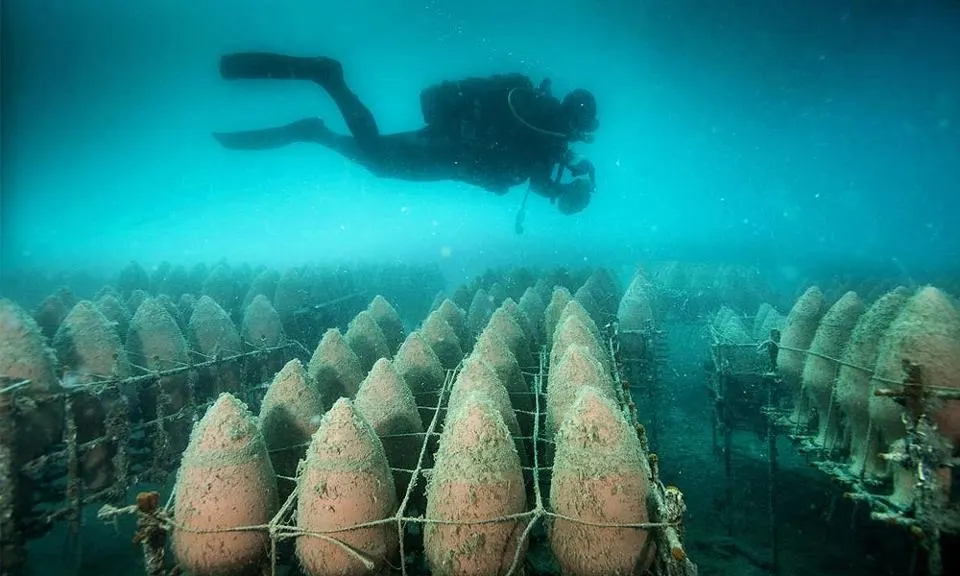
Why Below the Sea? The Secrets of Aquatic Aging
The ocean provides perfect aging conditions that land-based cellars try hard to copy. The sea maintains steady temperatures year-round – no need for climate control systems!
When I visited Santa Barbara’s underwater cellar about a mile offshore, I learned how the natural pressure, darkness, and constant gentle movement create unique aging conditions.
The saltwater environment transforms the wine’s taste profile in ways that can’t be matched on land. Companies like Ocean Fathom and Wapiso have turned this discovery into businesses, offering consumers wines with distinctive flavors.
What impressed me most was the continuity between old and new – using nature’s elements while learning new techniques for wine preservation and development.
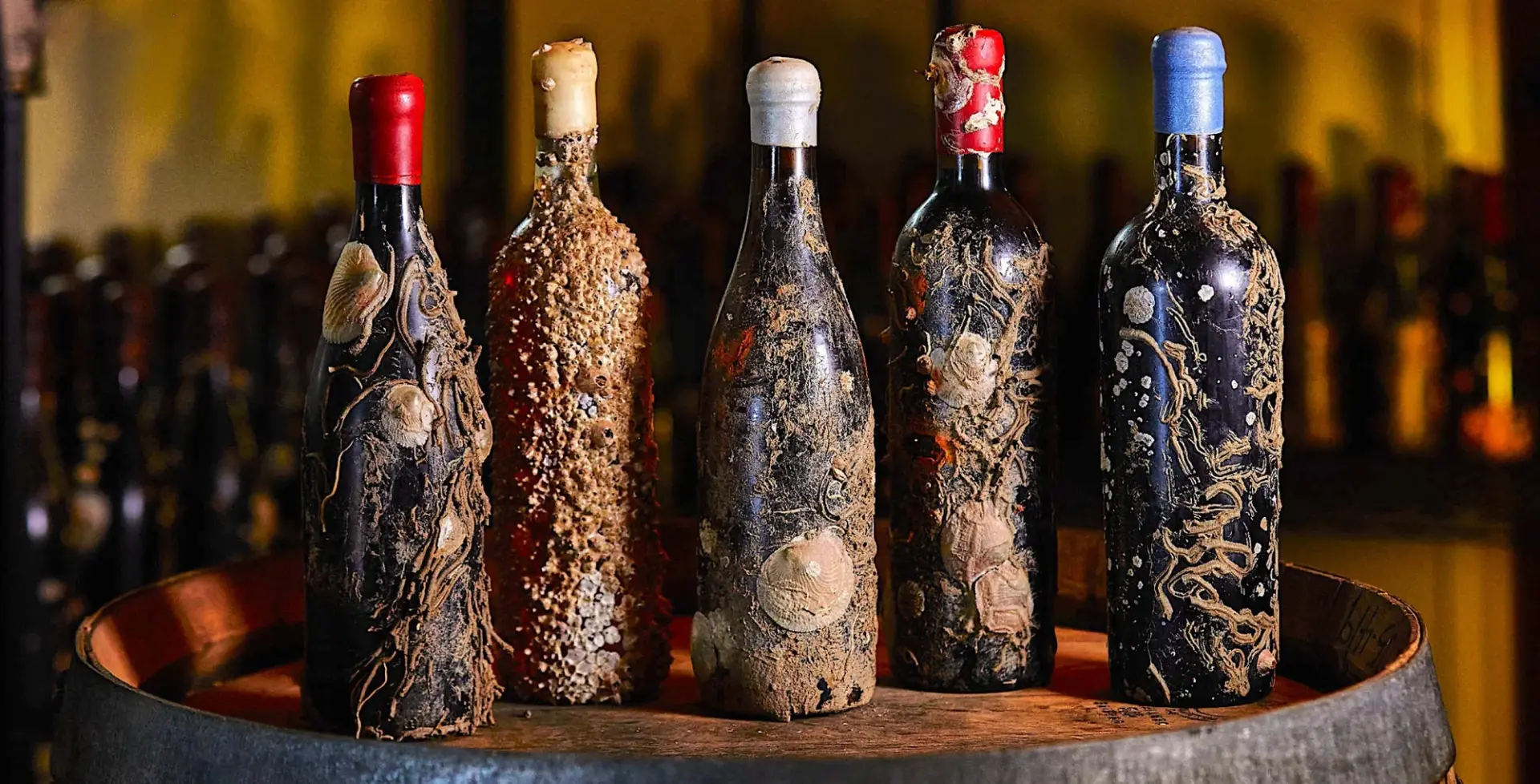
Journey Through Italy’s Diverse Wine Regions
Italy’s wine landscape offers an incredible tapestry of flavors, each region contributing its unique character to the country’s rich viticultural heritage. From the rolling hills of Tuscany to the volcanic soils of Sicily, the diversity is truly remarkable.
From Tuscany’s Chianti to Lombardy’s Franciacorta
When I visited Tuscany, I was immediately captivated by the iconic Chianti region. Its rolling hills covered with vineyards produce some of Italy’s most celebrated red wines. The Sangiovese grape reigns supreme here, creating wines with bright cherry notes and earthy undertones.
Heading north to Lombardy, I discovered the sparkling treasures of Franciacorta. This region creates méthode champenoise sparkling wines that rival French Champagne in quality and elegance. The cool climate near Lake Iseo provides perfect conditions for Chardonnay and Pinot Noir grapes.
Veneto surprised me with its versatility – from the crisp Soave whites to the powerful Amarone della Valpolicella made from dried grapes. The Valpolicella region especially impressed me with its ruby-red wines that pair perfectly with the local cuisine.
Liguria, though less known, offers charming whites like Vermentino that capture the essence of the Mediterranean coastline. These wines often have delightful saline notes from the sea breeze.
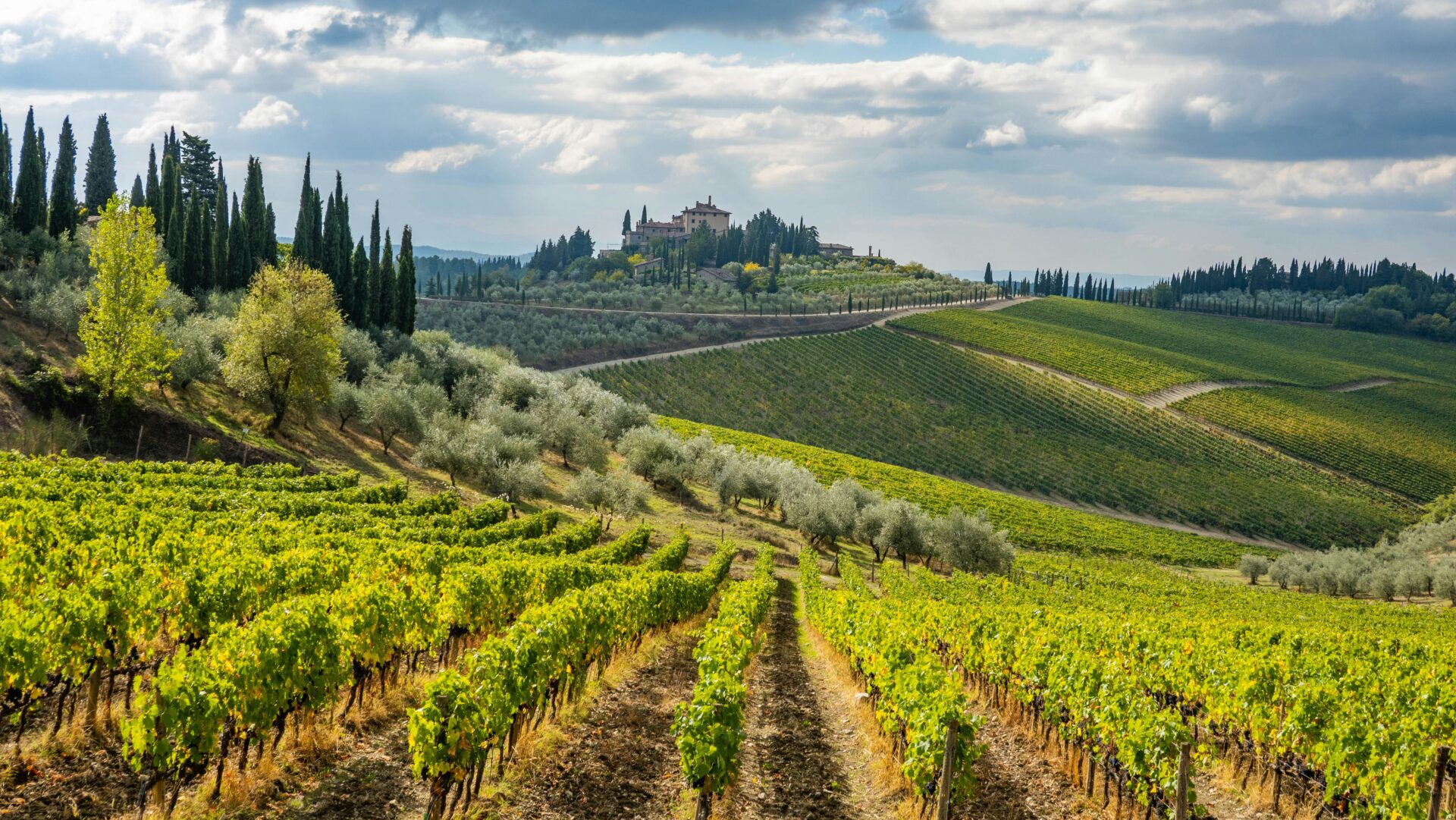
Savoring the Unique Flavors of Central Italy
Central Italy holds some of my favorite wine discoveries. Umbria’s Sagrantino di Montefalco delivers powerful tannins with rich black fruit flavors. This lesser-known gem deserves more recognition among wine enthusiasts.
The hills around Ortona in Abruzzo produce exceptional Montepulciano d’Abruzzo – a robust red with surprising complexity. During my visit, I learned about the region’s fascinating underwater wine cellars, where bottles age beneath the Adriatic Sea.
Marche offered me pleasant surprises with Verdicchio, a crisp white with almond notes perfect alongside the region’s seafood. The vineyards here stretch from mountain slopes down toward the Adriatic, creating diverse microclimates.
The ancient vines of Lazio, surrounding Rome, produce the refreshing Frascati that Romans have enjoyed for centuries. I found these wines perfect for sipping in piazzas during warm evenings.

Island Vineyards: Exploring Sicily and Sardinia
Sicily’s wine renaissance has been remarkable to witness. The volcanic soils around Mount Etna produce wines with incredible minerality and structure. Nero d’Avola, the island’s flagship red grape, delivers rich, spicy flavors that reflect Sicily’s warm climate.
I was fascinated by Sicily’s ancient winemaking traditions that date back to Greek settlements. Many producers now blend modern techniques with these time-honored practices, creating wines that honor their heritage while appealing to contemporary palates.
Sardinia charmed me with Cannonau (their name for Grenache), which produces full-bodied reds with intense berry flavors. The island’s isolated position has preserved unique grape varieties found nowhere else.
Ischia, once part of the Kingdom of Naples, offers distinctive wines influenced by its volcanic terrain. The island’s Biancolella grape creates refreshing whites with subtle salinity that perfectly complement local seafood dishes.
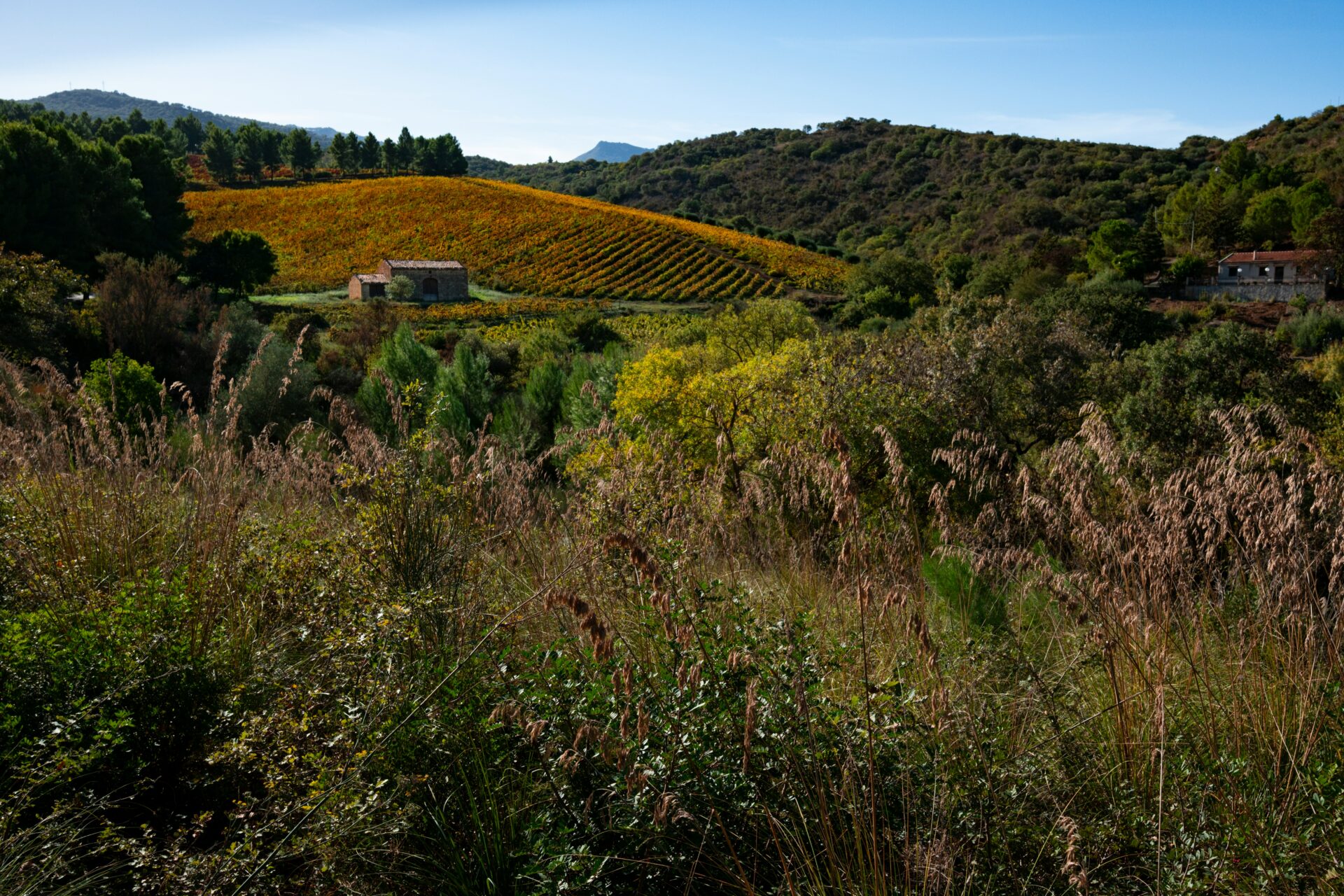
Ortona’s Sea Cellar Experiences and Wine Tourism
The coastal town of Ortona offers unique wine experiences that combine Italy’s rich enological traditions with the innovative practice of underwater wine aging. Visitors can immerse themselves in tastings with breathtaking sea views and participate in cultural events celebrating the region’s wine heritage.
The Charm of Coastal Wine Tastings
I discovered that Ortona’s underwater wine cellars create a magical experience unlike any traditional wine tasting. The local wineries, inspired by Croatia’s Edivo Vina, have embraced “aquaoir” – aging wine beneath the Adriatic Sea.
During my visit, I joined a guided tour where we actually dove to see wine bottles aging in the cool Mediterranean waters. The sea maintains perfect temperature and pressure conditions for aging.
What makes these tastings special is the setting. Imagine sipping wine on a terrace overlooking the same waters where your wine was aged! The flavors seem more intense with the sea breeze on your face.
Many estates offer packages where you can select your own bottle to be submerged, then return months later to retrieve it – a wonderful excuse to plan another escape to Italy!

Cultural Events and Enogastronomy
Ortona’s wine tourism calendar is packed with events celebrating the marriage of food, wine, and local culture. The annual “Festival of the Sea Cellars” in May brings together winemakers, chefs, and visitors for three days of tastings, cooking demonstrations, and music.
I attended a fascinating workshop on the philosophy behind underwater aging, where marine biologists explained how the sea environment affects wine development. The discussion continued over a dinner pairing local seafood with these unique underwater-aged wines.
The town has embraced this tradition by creating a dedicated museum showcasing the history of wine production in Abruzzo, with special exhibits on underwater aging techniques. Interactive displays let visitors compare traditional cellar aging with sea aging.
For cycling enthusiasts, the Abruzzo Bike to Coast route offers a perfect way to explore multiple wineries along the coast. I pedaled between tastings, enjoying both the wine and spectacular coastal views.
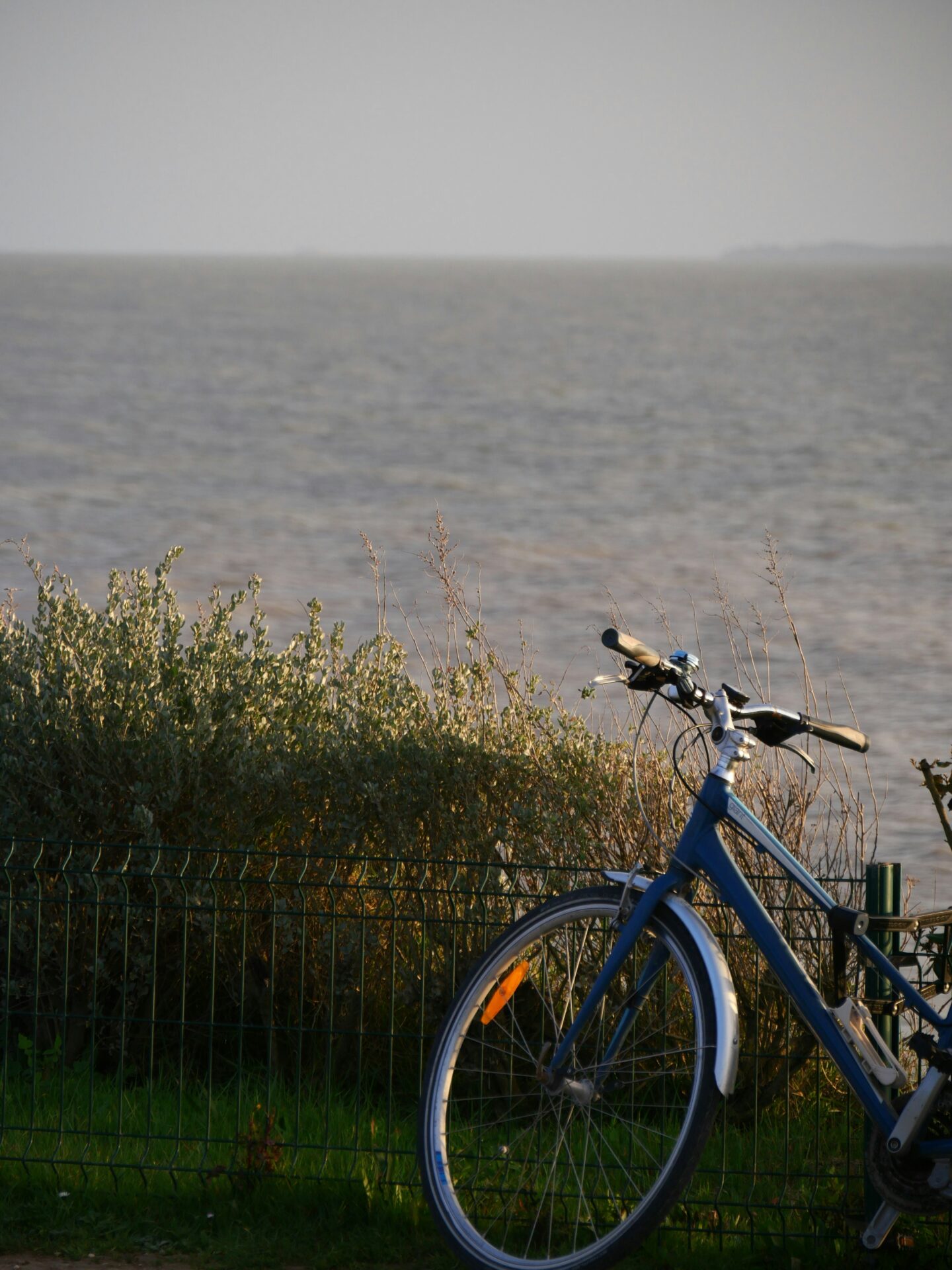
Protecting the Legacy: Conservation and Copyright
The time-honored tradition of storing wine beneath the Adriatic Sea faces both natural challenges and legal considerations. As wineries along Abruzzo’s coast continue this practice, they must balance environmental responsibility with protecting their intellectual innovations.
Challenges of Marine Storage and Environmental Impact
I’ve noticed how climate change presents a growing threat to Ortona’s underwater wine cellars. Rising sea temperatures and increasing storm intensity can damage the delicate storage conditions these wines require.
The Adriatic coast has already experienced several disasters that endangered these marine cellars. In 2023, a particularly violent storm nearly caused the disappearance of one estate’s entire vintage.
Many winemakers have implemented protective barriers and monitoring systems. They’re also working with marine biologists to ensure their storage methods don’t harm the local ecosystem.
“We must respect the sea that gives our wines their unique character,” a local vintner told me during my visit to his submerged collection.
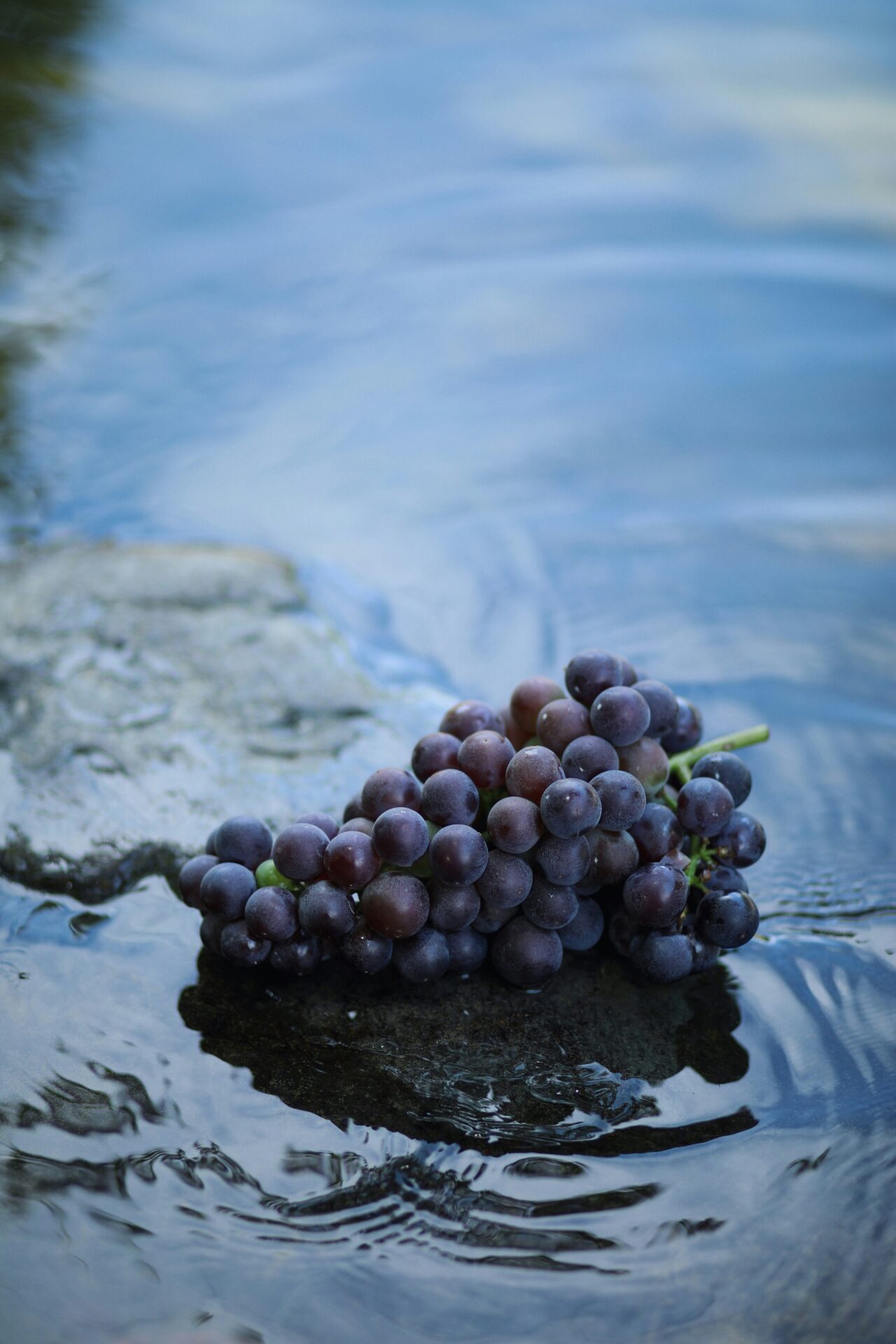
Intellectual Property and the Unique Patent of Sea Cellars
The innovative storage techniques pioneered by Abruzzo’s winemakers are now protected by both patents and copyright law.
Several estates have registered their specific underwater aging methods.
I learned that the first patent for sea-aging wine was filed in 2015 by a family-owned vineyard. They trace their inspiration to Ovid’s ancient texts describing Roman wine storage.
Legal protection extends to:
- Specific depth requirements
- Temperature control methods
- Bottle encasement designs
- Storage duration protocols
This intellectual property framework has helped local winemakers market their unique products globally.
The copyright also protects the distinctive labels and marketing materials that feature the sea-aging story.
When visiting these wineries, you’ll often see their patent numbers proudly displayed alongside family crests and historical photos.

